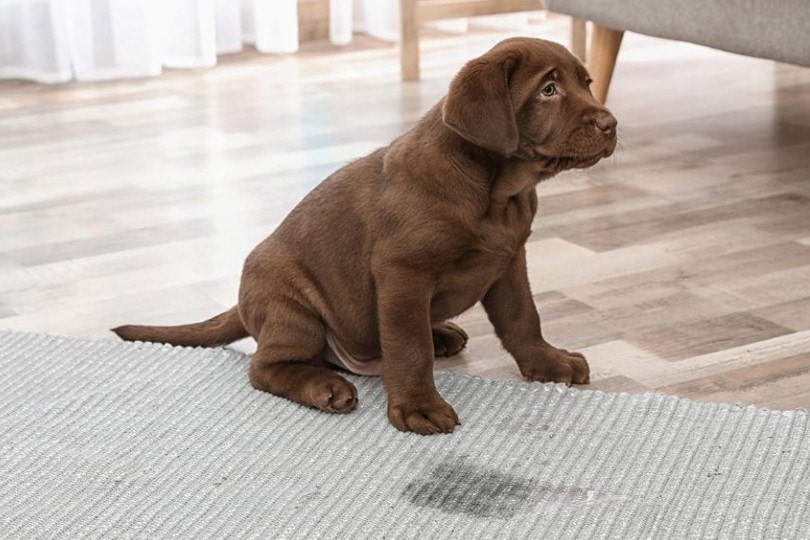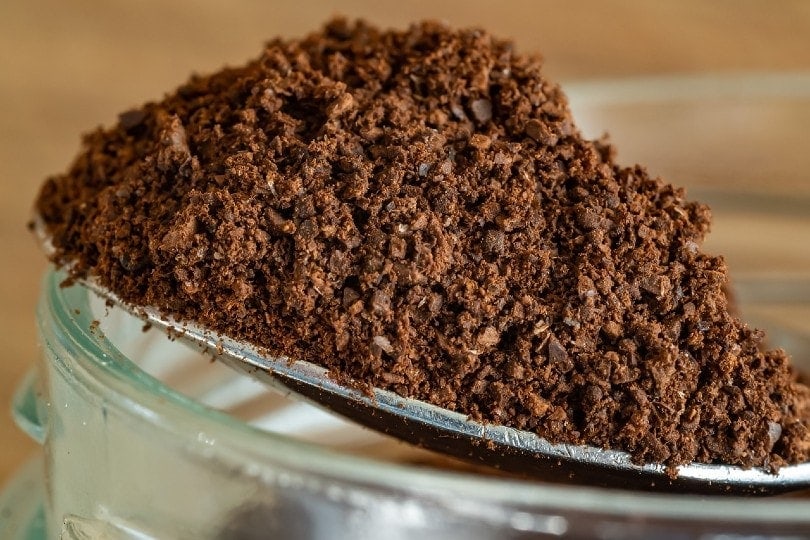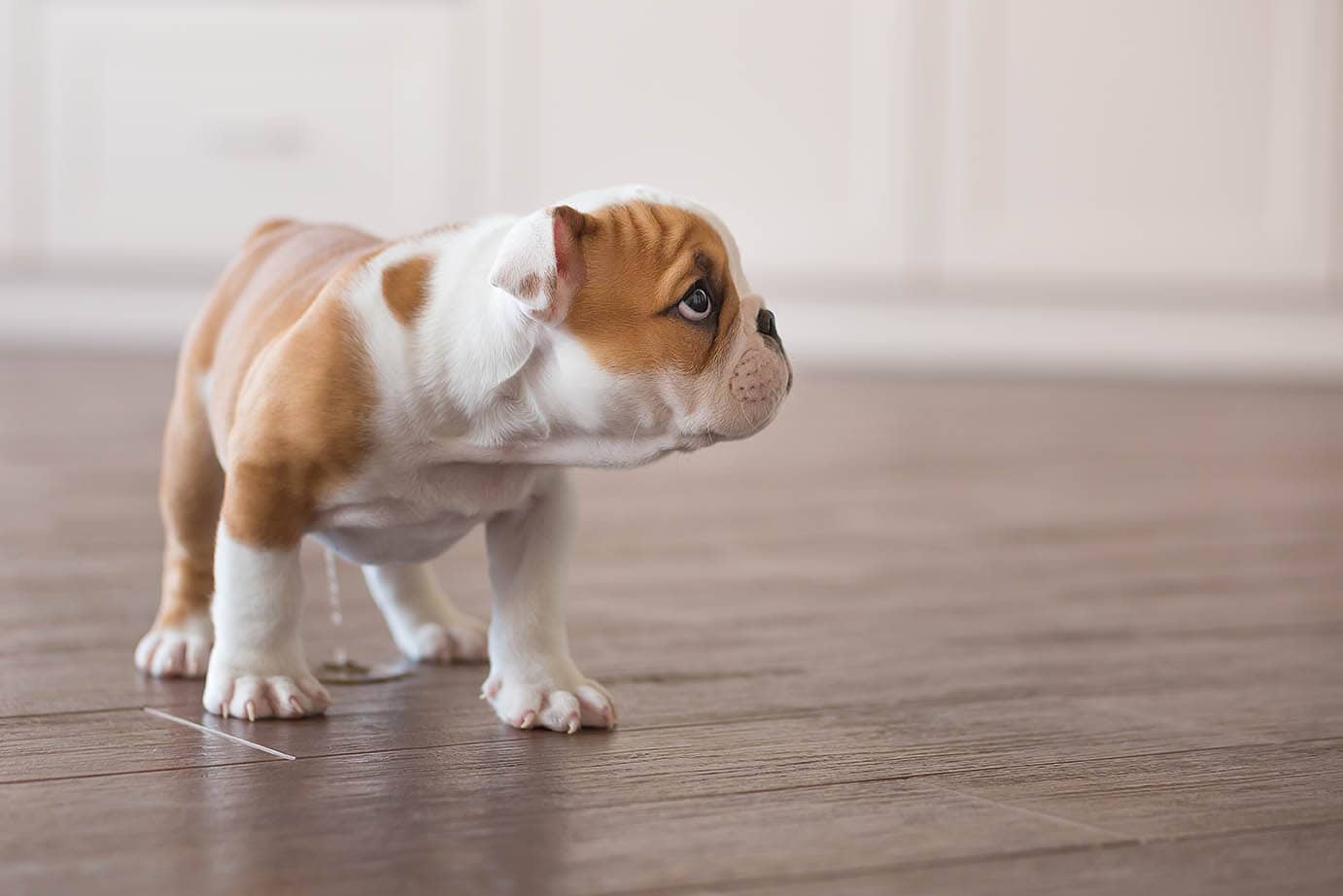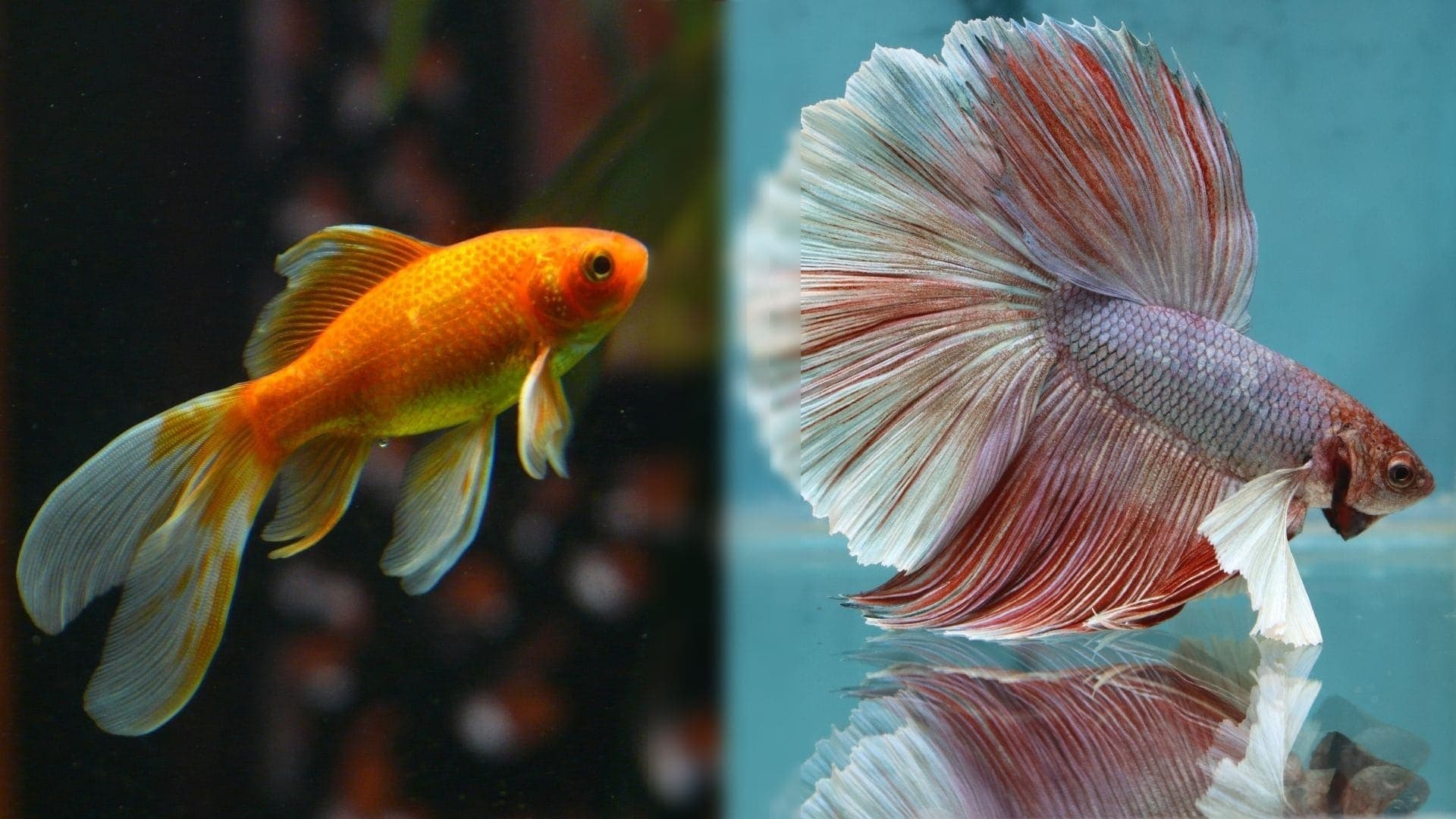7 Homemade Dog Pee Repellents That Actually Work!

Updated on

Bringing a new puppy home is exciting, but it also means potty training is right around the corner. Or perhaps your older dog has decided to start marking in the house. Maybe the neighbor’s dog keeps coming over and peeing in your garden. Any of these reasons and more can have you searching for natural but effective dog urine repellents.
Homemade dog urine repellents can be just as effective as commercial repellents. They also tend to be less expensive and easier to make, and you don’t have to worry about any harsh, unsafe chemicals around your animals.
Before You Start
Any dog pee repellent will only work at its maximum effectiveness if the area is thoroughly cleaned before applying it. If your dog is peeing in your house, clean as much urine as you can from the area before using repellent. If a dog is peeing in a certain area outdoors, spray the area with a hose first to remove and dilute as much of the urine as possible
The Top 7 Homemade Dog Pee Repellent Recipes
1. Cayenne Pepper

| Use: | Indoors and outdoors |
| Ingredients: | Cayenne pepper, water |
- 1 teaspoon cayenne pepper
- 1 spray bottle full of water (12 Oz)
Cayenne pepper can be used as a dog urine repellent in two ways. You can either rub the pepper directly onto the affected area, like the carpet or a couch cushion, or it can be mixed with water in a spray bottle for easier application. Just spray the areas that you want your dog to stay away from.
Be cautious when using cayenne. It can irritate your dog’s nasal passages if you use too much. The spray bottle option is safer for dogs and still effective.
2. Essential Oils

| Use: | Indoors and outdoors |
| Ingredients: | Essential oils, water |
- 3–5 drops of eucalyptus, cinnamon, or sour apple essential oil
- 1 spray bottle full of water (12 Oz)
Add the essential oil to the water, and shake the bottle to combine. Essential oils can be incredibly potent to your dog. Always make sure the oils that you use are safe for use around animals. Your dog should not be allowed to lick or walk on the sprayed surfaces until they are completely dry.
Once combined, spray the affected areas. Allow the area to dry. Repeat if necessary.
3. Lemon Juice

| Use: | Indoors |
| Ingredients: | Lemon juice, water, baking soda |
- 1 cup lemon juice (if lemons aren’t available, other citrus juice will work, such as orange, grapefruit, lime, and tangerine)
- ½ cup water
- 3 tablespoons baking soda
Combine the ingredients in a bowl. Adjust for more or less of the ingredients depending on how much you need. Apply the mixture over the affected area, and let it dry completely. Vacuum up the baking soda.
This process can be repeated as many times as necessary until your dog stops seeking out that area. Dogs don’t like citrus scents and should start to avoid the area.
4. Citrus Fruit

| Use: | Indoors and outdoors |
| Ingredients: | Citrus fruit, water |
- Fruit or fruit peels
- Water
Simply cutting up citrus fruit, such as oranges, grapefruit, lemons, limes, and tangerines and placing the pieces around the affected areas will be enough to keep dogs away. If you don’t want to waste fruit, you can use the peels instead.
Peels can be placed indoors around furniture and inside potted plants. They can also be scattered in the garden to keep dogs out. Cups of water filled with fruit peels or fruit juice placed on shelves near your furniture will also act as deterrents.
5. White Vinegar

| Use: | Indoors and outdoors |
| Ingredients: | Vinegar, water |
- One part white vinegar
- One part hot water
White vinegar has disinfectant properties and a strong smell. Dogs don’t like this smell so it works well as a natural repellent.
Mix equal parts white vinegar and hot water in a spray bottle. Spray the affected area, and let it dry for at least 30 minutes before you let your dog go near it. The vinegar should keep them from wanting to pee in that area again.
For a stronger vinegar scent, soak cotton balls in vinegar, and place them in a bowl in the room high enough that your dog can’t reach them.
If you’re using this repellent recipe outdoors, be careful not to spray any plants. The vinegar can kill them. Spray the outer pots of potted plants, patios, and furniture. This is not for use in a garden.
6. Apple Cider Vinegar

| Use: | Indoors and outdoors |
| Ingredients: | Apple cider vinegar, white vinegar |
- 1 cup white vinegar
- 1 cup apple cider vinegar
The combination of these two kinds of vinegar may be strong, but it’s effective. Place the ingredients in a spray bottle, and shake it to mix them. Spray any areas indoors and outdoors, using caution to not spray any live plants.
Apple cider vinegar is found in many store-bought dog pee repellents, so it makes sense that this would be a good ingredient choice for a homemade one.
7. Coffee Grounds

| Use: | Indoors and outdoors |
| Ingredients: | Coffee grounds, water |
- Leftover coffee grounds each morning
Instead of throwing those coffee grounds away each day, spread them throughout the area in your yard that you don’t want your dog to disturb.
To get the most out of this method, it can be combined with citrus peels or lemon juice to keep dogs and other animals away too. However since the caffeine in coffee is toxic to dogs, you should use this method with caution. Make sure the grounds are pressed firmly into the dirt, and none of it is easily accessible for dogs to eat.
Reasons That Your Dog Is Peeing Indoors
Dog pee repellents are useful, but they should not be used alone to get your dog to stop peeing in places that you don’t want them to. If they’re peeing in the house, it’s important to look into the reason.
1. They aren’t housebroken yet.
When dogs aren’t housebroken, it’s easy for them to have accidents in the house because they don’t fully know any better. If your dog is having trouble getting the hang of it and you don’t know what to do, consider hiring a professional trainer. A repellent alone is not a housebreaking tool, but it can be used in addition to proper, positive-reinforcement training methods to get your house pee-free.
2. They’re marking.
Dogs, especially intact males, like to mark their territory. If your dog is lifting a leg on your favorite coffee table or squatting in the middle of your rug, they may actually be marking. While this fact doesn’t make pee in your house any less unpleasant, the good news is that this behavior can stop. The best thing to do is clean the area thoroughly because if a dog smells any traces of pee left, it’s an invitation to them to pee there again. Urine repellents and other training methods can follow to get this behavior under control.

3. They have a health issue.
Housebroken dogs that are suddenly peeing in the house can be alarming. If you notice this strange behavior, it’s best to consult your vet. This is vital if you notice your dog struggling to urinate or find any blood in their urine. It’s possible that your dog has a UTI or bladder issue and is trying to get you to notice it. After a trip to the vet to clear up any urinary health issues, your dog should go back to peeing outside.
Our favorite enzyme cleaner for eliminating pet smells and stains is our very own Hepper Advanced Bio-Enzyme Pet Stain & Odor Eliminator Spray. It makes clean-up a breeze because it permanently removes even the very worst smells and stains (urine, feces, vomit, you name it!) from basically any surface you can imagine.
Conclusion
Dog pee repellents can work to keep your dog from peeing in areas that you don’t want them to, but they shouldn’t be the only thing that you rely on. Proper housebreaking and training methods will ensure that your dog knows where to pee and stops doing it inside.
Once health and behavioral issues have been ruled out, dog pee repellents can be effective at keeping your dog away from certain areas. We hope that you found a simple, effective recipe for a homemade dog pee repellent that you can make!
Featured Image Credit: New Africa, Shutterstock













